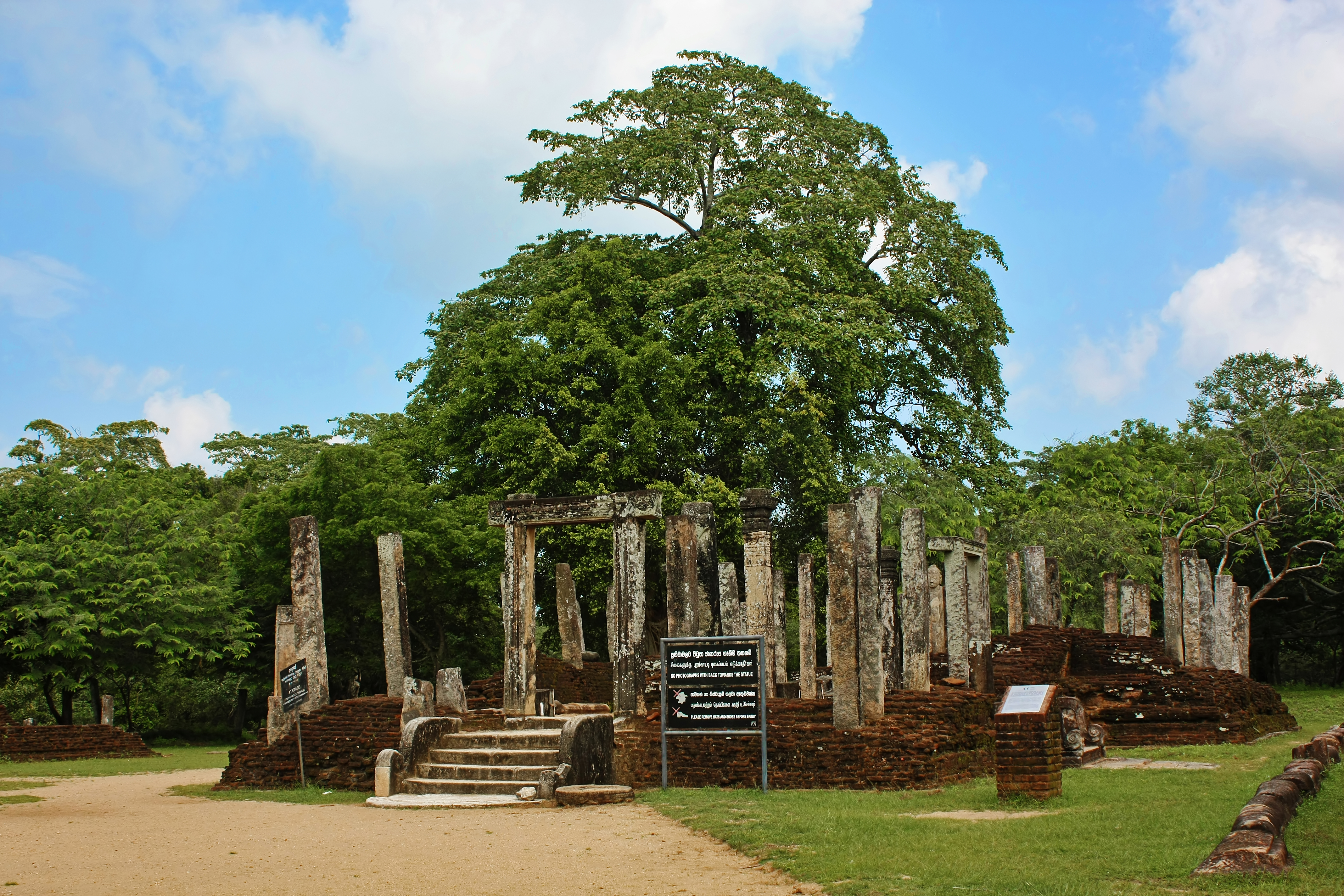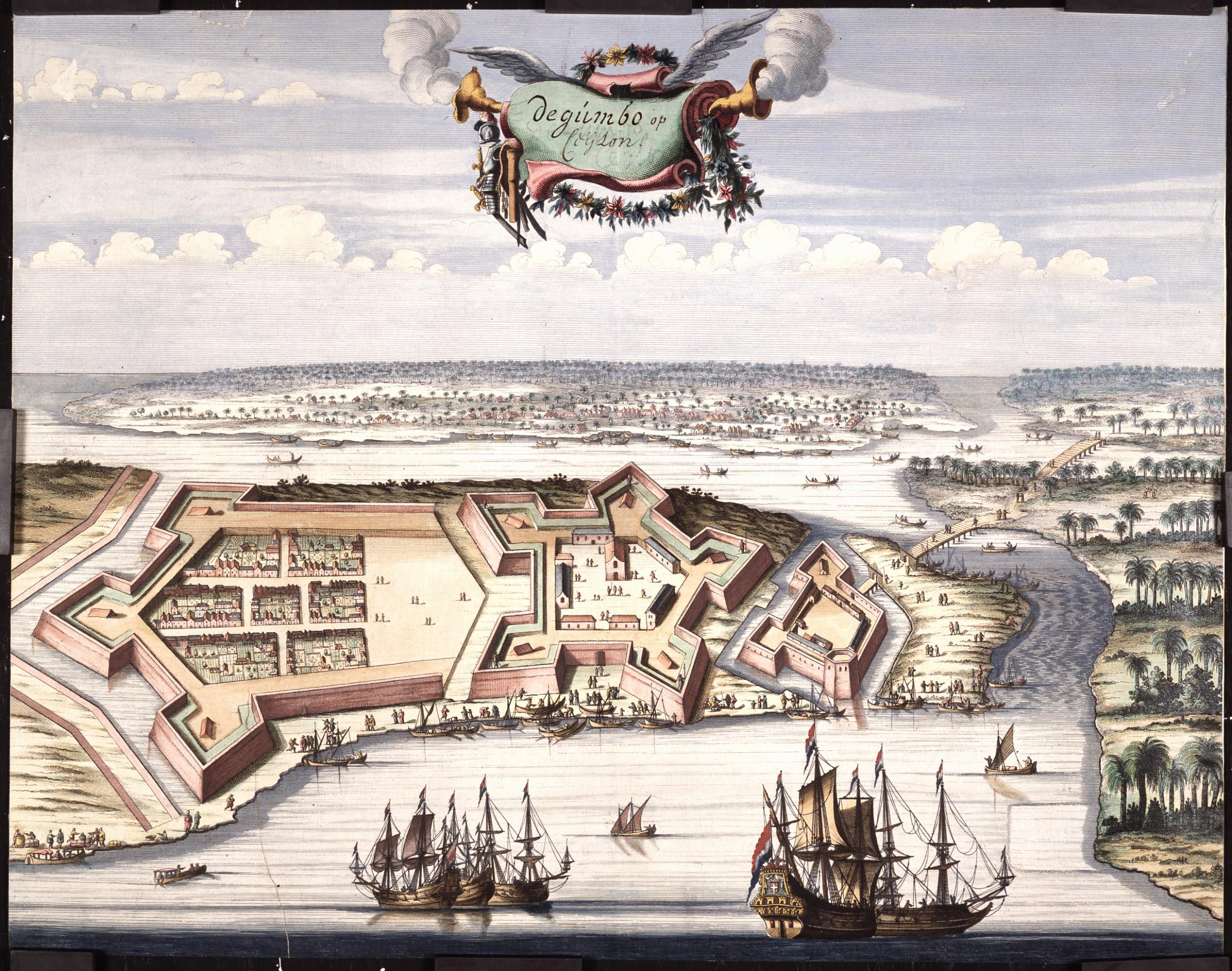|
Dambadeniya
Dambadeniya ''(DMBD)'' is a ruined ancient city situated in the North Western Province (Wayamba), Sri Lanka on the Kurunegala–Negombo main road. It served as the capital of Sri Lanka in the mid 13th century. Much of Dambadeniya still lies buried on a huge fortified rock. Dambadeniya is situated about 31 km from Kurunegala, the modern day capital of the North Western Province. Dambadeniya is situated about 4 km from Giriulla. History Dambadeniya, about 30 km south-west of Kurunegala, became prominent in the mid-13th century. It was selected as the capital of the kingdom of Sri Lanka by King Vijayabahu III (1232–36). The sovereignty of the country was at stake as a result of invasions, which dislodged Polonnaruwa as the capital. Vijayabahu, the king of the Dambadeniya dynasty, fought the invaders and established Dambadeniya. On the summit of the Dambadeniya rock he built fortifications and sturdy walls and gates. The city was made secure by a moat, a marsh and ramparts around th ... [...More Info...] [...Related Items...] OR: [Wikipedia] [Google] [Baidu] |
Kingdom Of Dambadeniya
The Kingdom of Dambadeniya was a medieval kingdom in what is present-day Sri Lanka. The kingdom's rulers reigned from 1220–1345. History Founding The first king to choose Dambadeniya as his capital was Vijayabahu III. He was able to bring about the unity among the Sangha that had fled in various directions due to the hostile activities of the invader Kalinga Magha and succeeded in holding a Buddhist convention in 1226 to bring about peace among the Buddhist clergy. King Parakramabahu II was the king who inherited the throne after King Vijayabahu. He was considered a genius, who was a great poet and a prolific writer. Among the books he wrote are ''Kausilumina'', which is considered a great piece of literature. Unifying the three kingdoms that existed within Sri Lanka at that point in time is regarded as the greatest achievement. King Bosath Vijayabahu, as the eldest son of King Parakramabahu the second, was crowned in 1270. He was well known for his modest behaviour and fo ... [...More Info...] [...Related Items...] OR: [Wikipedia] [Google] [Baidu] |
Sri Lanka
Sri Lanka (, ; si, ශ්රී ලංකා, Śrī Laṅkā, translit-std=ISO (); ta, இலங்கை, Ilaṅkai, translit-std=ISO ()), formerly known as Ceylon and officially the Democratic Socialist Republic of Sri Lanka, is an island country in South Asia. It lies in the Indian Ocean, southwest of the Bay of Bengal, and southeast of the Arabian Sea; it is separated from the Indian subcontinent by the Gulf of Mannar and the Palk Strait. Sri Lanka shares a maritime border with India and Maldives. Sri Jayawardenepura Kotte is its legislative capital, and Colombo is its largest city and financial centre. Sri Lanka has a population of around 22 million (2020) and is a multinational state, home to diverse cultures, languages, and ethnicities. The Sinhalese are the majority of the nation's population. The Tamils, who are a large minority group, have also played an influential role in the island's history. Other long established groups include the Moors, the Burghers ... [...More Info...] [...Related Items...] OR: [Wikipedia] [Google] [Baidu] |
Kurunegala
Kurunegala ( si, කුරුණෑගල, ta, குருணாகல்) is a major city in Sri Lanka. It is the capital city of the North Western Province and the Kurunegala District. Kurunegala was an ancient royal capital for 50 years, from the end of the 13th century to the start of the 14th century. It is at the junction of several main roads linking to other important parts of the country. It is about from Colombo, from Kandy and from Matale. Located at an altitude of above sea level, Kurunegala is surrounded by coconut plantations and rubber estates. There are eight very noticeable large rocks that encircle and dominate the city. Kurunegala's rocks rise from the plain below and have characteristic names, six of which come from the animals that they are imagined to represent. The largest among them is Ethagala or the "Elephant Rock" (though the translation is actually tusker), reaches . The shape of Ethagala resembles an elephant. Etymology Kurunegala has been n ... [...More Info...] [...Related Items...] OR: [Wikipedia] [Google] [Baidu] |
North Western Province, Sri Lanka
North Western Province ( si, වයඹ පළාත ''Wayamba Paḷāta'', ta, வட மேல் மாகாணம் ''Vada Mael Mākāṇam'') is a province of Sri Lanka. The province consists of the districts of Kurunegala and Puttalam. Its capital is Kurunegala, which has a population of 28,571. The province is known mainly for its numerous coconut plantations. Other main towns in this province are Chilaw (24,712) and Puttalam (45,661), which are both small fishing towns. The majority of the population of Wayamba province is of Sinhalese ethnicity. There is also a substantial Sri Lankan Moor minority around Puttalam and Sri Lankan Tamils in Udappu and Munneswaram. Fishing, prawn farming and rubber tree plantations are other prominent industries of the region. The province has an area of 7,888 km2, and a population of 2,370,075 (2011 census). Geography Climate The climate of Wayamba is tropical, with a marked dry season, and temperatures averaging between 20 � ... [...More Info...] [...Related Items...] OR: [Wikipedia] [Google] [Baidu] |
Relic Of The Tooth Of The Buddha
The relic of the tooth of Buddha (Pali ''danta dhātuya'') is venerated in Sri Lanka as a sacred cetiya relic of Lord Buddha, who is the founder of Buddhism, the fourth largest religion worldwide. History The relic in India According to Sri Lankan legends, when the Buddha died in 543 BC, his body was cremated in a sandalwood pyre at Kushinagar and his left canine tooth was retrieved from the funeral pyre by his disciple, Khema. Khema then gave it to King Brahmadatte for veneration. It became a royal possession in Brahmadatte's country and was kept in the city of Dantapuri (modern Puri, Odisha). A belief grew that whoever possessed the tooth relic had a divine right to rule that land. The '' Dāṭhāvaṃsa'' recounts the tale of a war fought over the relic 800 years later between Guhasiva of the republic of Kalinga and a king named Pandu. The relic in Sri Lanka Legend states the Abhayagiri vihāra was first appointed custodianship of the relic when it was brought to the i ... [...More Info...] [...Related Items...] OR: [Wikipedia] [Google] [Baidu] |
Countries Of The World
The following is a list providing an overview of sovereign states around the world with information on their status and recognition of their sovereignty. The 206 listed states can be divided into three categories based on membership within the United Nations System: 193 member states of the United Nations, UN member states, 2 United Nations General Assembly observers#Present non-member observers, UN General Assembly non-member observer states, and 11 other states. The ''sovereignty dispute'' column indicates states having undisputed sovereignty (188 states, of which there are 187 UN member states and 1 UN General Assembly non-member observer state), states having disputed sovereignty (16 states, of which there are 6 UN member states, 1 UN General Assembly non-member observer state, and 9 de facto states), and states having a political status of the Cook Islands and Niue, special political status (2 states, both in associated state, free association with New Zealand). Compi ... [...More Info...] [...Related Items...] OR: [Wikipedia] [Google] [Baidu] |
Time Zone
A time zone is an area which observes a uniform standard time for legal, Commerce, commercial and social purposes. Time zones tend to follow the boundaries between Country, countries and their Administrative division, subdivisions instead of strictly following longitude, because it is convenient for areas in frequent communication to keep the same time. All time zones are defined as offsets from Coordinated Universal Time (UTC), ranging from UTC−12:00 to UTC+14:00. The UTC offset, offsets are usually a whole number of hours, but a few zones are offset by an additional 30 or 45 minutes, such as in Indian Standard Time, India, Time in Australia, South Australia and Nepal Time, Nepal. Some areas of higher latitude use daylight saving time for about half of the year, typically by adding one hour to local time during spring (season), spring and summer. List of UTC offsets In the table below, the locations that use daylight saving time (DST) are listed in their UTC offse ... [...More Info...] [...Related Items...] OR: [Wikipedia] [Google] [Baidu] |
Negombo
Negombo (, ) is a major city in Sri Lanka, situated on the west coast and at the mouth of the Negombo Lagoon, in Western Province, from Colombo via Colombo - Katunayake Expressway. Negombo is one of the major commercial hubs in the country and the administrative centre of Negombo Division. Negombo has about 142,136 population within its divisional secretariat division. Negombo municipal boundary is fully extended throughout its Divisional Secretariat area. Negombo is known for its long sandy beaches and centuries old fishing industry. Negombo has a large bilingual (Sinhala/Tamil) population with a clear Roman Catholic majority. = Etymology = The name "Negombo" is the Portuguese corrupted name of its Tamil name ''Neerkolombu''. The Sinhala name means from Old-Tamil Naval terminology Meegaman Pattinam. Meegaman denotes Naval Captain, where the local Karava population’s long association of Naval and Fishing connections. Later, "Village of the honeycomb", gaining its name fro ... [...More Info...] [...Related Items...] OR: [Wikipedia] [Google] [Baidu] |
Polonnaruwa
Poḷonnaruwa, ( si, පොළොන්නරුව, translit=Poḷonnaruva; ta, பொலன்னறுவை, translit=Polaṉṉaṟuvai) also referred as Pulathisipura and Vijayarajapura in ancient times, is the main town of Polonnaruwa District in North Central Province, Sri Lanka. The modern town of Polonnaruwa is also known as New Town, and the other part of Polonnaruwa remains as the royal ancient city of the Kingdom of Polonnaruwa. The second oldest of all Sri Lanka's kingdoms, Polonnaruwa was first established as a military post by the Sinhalese kingdom. It was renamed Jananathamangalam by the Chola dynasty after their successful invasion of the country's then capital, Anuradhapura, in the 10th century. The ''Ancient City of Polonnaruwa'' has been declared a World Heritage Site. Modern Polonnaruwa is undergoing a major development project known as the "Awakening of Polonnaruwa," championed by former President Maithripala Sirisena. It envisions the development of all s ... [...More Info...] [...Related Items...] OR: [Wikipedia] [Google] [Baidu] |





